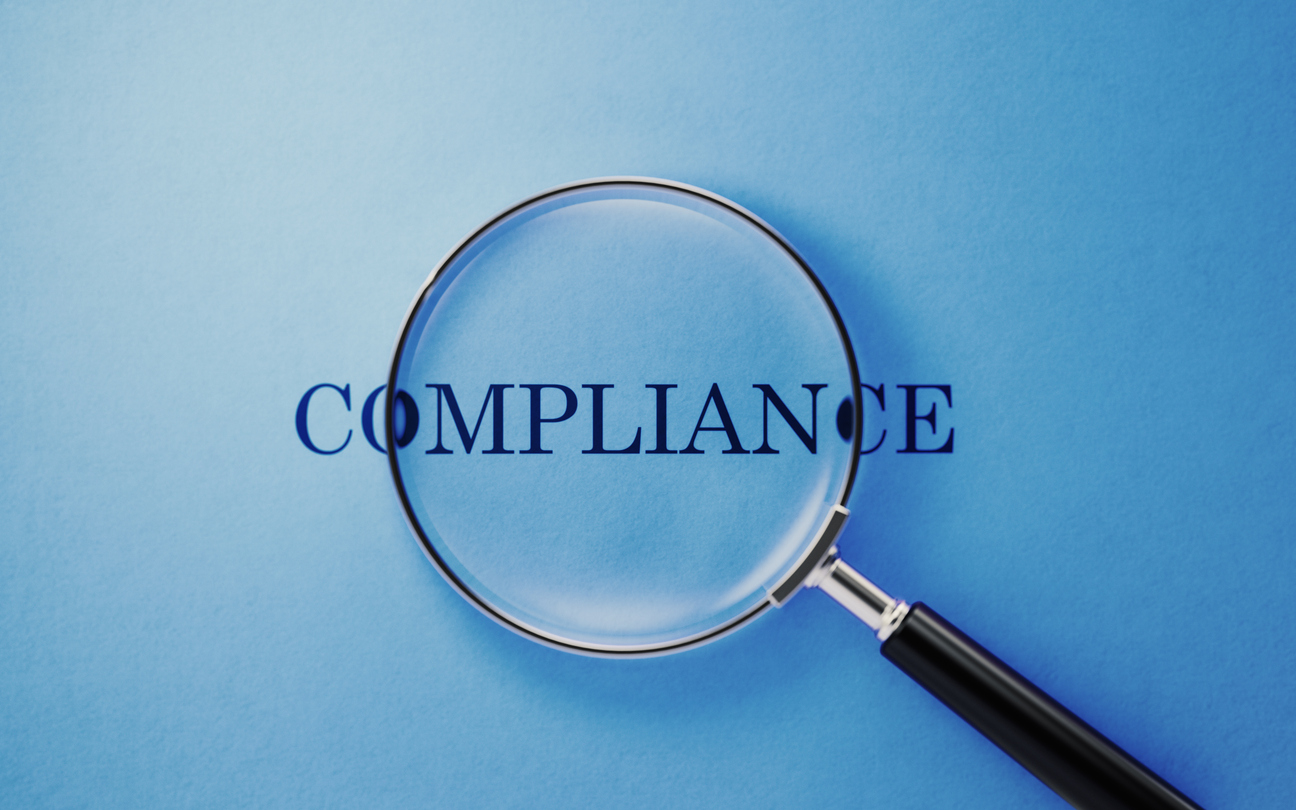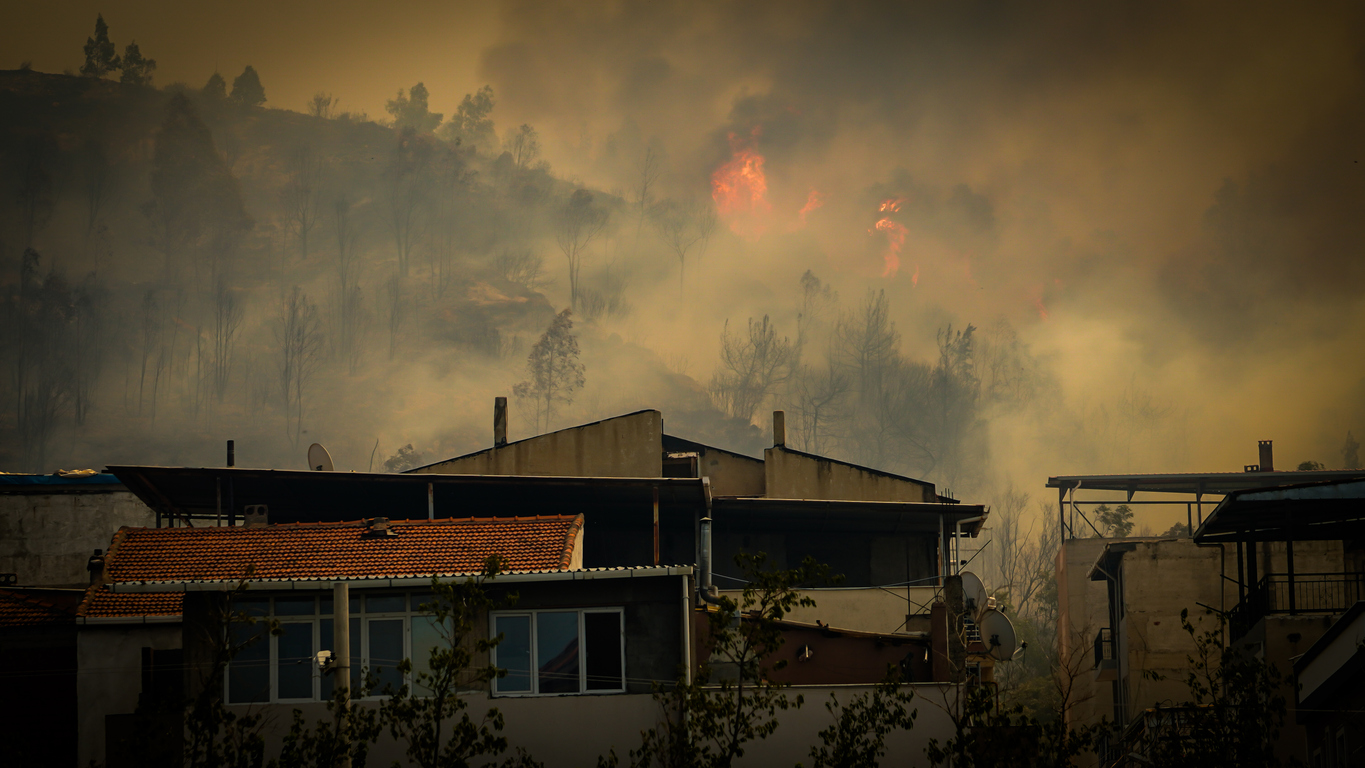Water loss claims are often wrongfully adjusted because the insurance adjusters does not fully investigate the loss. Damage that is hidden behind walls, roofs, ceiling and floor can be detected by using tools that are made for finding water and moisture in these areas.
In my research involving "ice dam" claims noted in Christie and Causes of Loss, I noticed that a number of ice claims became mold claims that were not detected by the original adjusters. I kept thinking that many of these coverage and bad faith lawsuits could have been avoided by more thorough and prompt investigations.
IRMI published an article, Infrared Detection of Water Damage, by insurance lawyer, Barry Zalma. The article is instructive and notes:
The time saved using infrared, and the larger areas covered rapidly by an IR Camera, can save time and money by providing a faster, more efficient and more reliable survey. An IR camera can detect moisture located behind interior walls under the right conditions. The temperature difference created by the presence of moisture on the inside surface of a wall will appear differently than the surrounding area. IR and IT experts recommend that property owners or their insurers should use IR cameras and IT for moisture detection under the following circumstances.
After any water damage event like a flood, broken water lines, equipment failure, roof leaks, etc.
Before warranty expiration on new construction. (In many cases, those damp basement walls are explained away as "during construction" moisture. It pays to make sure before warranty expiration.)
Before acquiring real estate suspected of having hidden moisture damage. (Don’t believe the story about the house has been vacant and closed up. Musty odors are caused by moisture.)
When basement walls are covered by finish materials, and the inspector cannot give a definitive answer on moisture issues.
When suspected plumbing leaks have occurred from in-slab water supply and/or waste lines.
When doors, windows, or other openings in the structure are suspected of leaking.
When performing an energy audit of the building to determine areas of infiltration and exfiltration.
To determine adequacy of insulation. Wet insulation is a poor insulator but is a great conductor of heat.
Infrared inspection of the roof can determine potential for ice dams, plugged drains, and water retention that may cause roof damage and/or leakage.
Locating hidden leakage and/or dampness under resilient flooring.
Locating wet areas in non-accessible crawlspaces.
Infrared technology is especially useful for inspecting flat roofing systems and synthetic stucco systems, which rarely give any visual clues as to their condition or the location of leaks and moisture retention. Litigation involving synthetic stucco, or exterior insulating finish systems (EIFS), is rampant nationwide. EIFS exterior cladding is blamed by many property owners for retaining moisture behind.
Good faith adjustment demands that adjusters look for all damage and do a thorough investigation. Insurance companies that send field adjusters to investigate water losses without providing them with these tools, training, and technology are failing to conduct a good faith and reasonable investigation. Without such a full investigation, second catastrophes often occur because the water and moisture never get removed.




